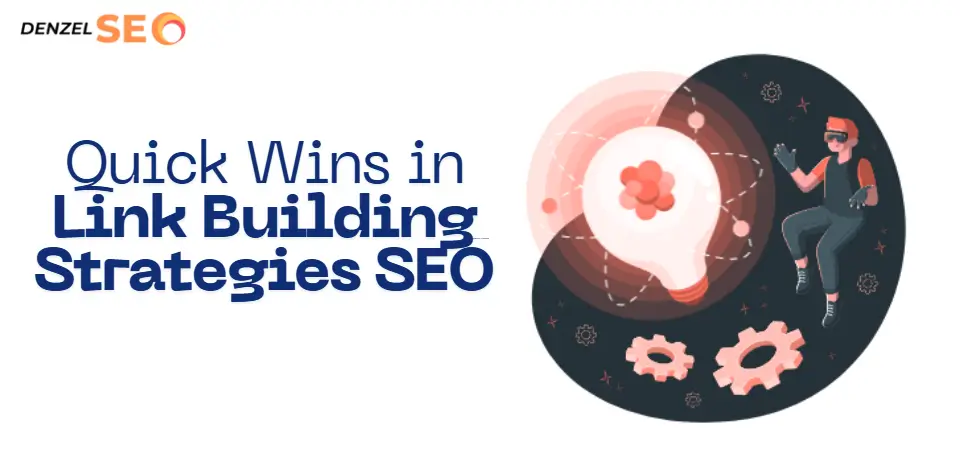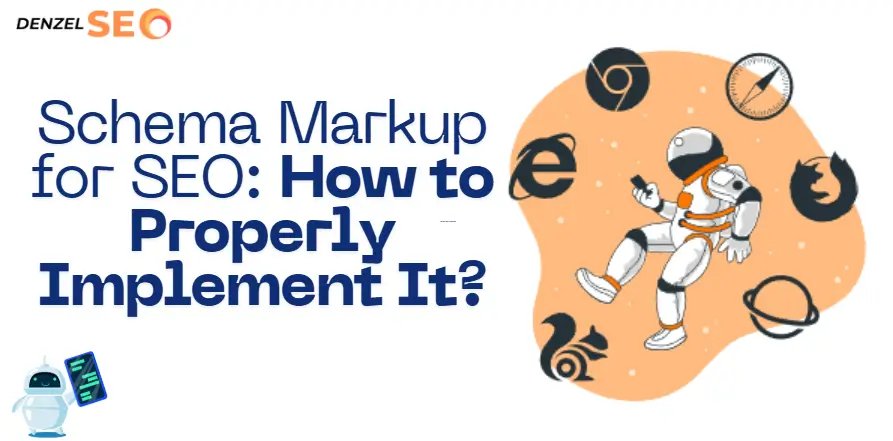Mastering Search Intent in SEO: A Complete Guide 2025
What is Search Intent?
Search intent or user intent, is the reason for a user’s search query. In SEO, understanding search intent helps businesses create optimized content that directly answers users’ questions and needs. Overtime search engine’s focus has shifted toward user-centric search, they made it powerful enough to understand intents.

Historical Perspective: Evolution of Search Intent in SEO
In the early days of SEO, ranking was largely about keyword optimization. However, with the introduction of Google core algorithm updates such as Hummingbird, RankBrain, and BERT, search engines now have a better understanding of behind every user’s intent These updates have revolutionized how search engines interpret content, emphasizing the importance of answering user questions comprehensively.
- Google Algorithm Updates: How Hummingbird, RankBrain, and BERT focused on semantic search and intent matching.
- User Experience: Search engines now reward pages that provide meaningful content based on user queries.
- Evolution of Search Intent: From exact keyword matching to interpreting the deeper meaning behind searches.
Types of Search Intent: A Detailed Analysis
These are the 4 primary search intents: informational, navigational, transactional, and commercial investigation. Each serves a different user goal, and understanding these helps in crafting the right content for each type of intent.
| Search Intent Type | Description | Examples |
|---|
Informational Intent | Users are looking for information, answers, or explanations. | “What is search intent in SEO?”, “How does Google RankBrain work?” |
Navigational Intent | Users want to visit a specific website or webpage. | “Facebook login”, “YouTube homepage” |
Transactional Intent | Users are ready to make a purchase or take a specific action. | “Buy Samsung online”, “Subscribe to Netflix” |
Commercial Investigation | Users are researching products or services before making a decision. | “Best laptops under $1000”, “Top SEO tools for small businesses” |
Identifying Search Intent in Keywords
Identifying the intent behind keywords is essential for successful SEO. Tools like Google’s SERP features and keyword research platforms can help pinpoint what users are looking for.

- Use of SERP Features: Looking at SERP features (e.g., featured snippets, shopping ads) helps determine intent.
- Keyword Modifiers: Words like “buy,” “best,” or “how to” are strong indicators of intent.
- Long-Tail Keywords: These tend to show clearer intent and are more specific, helping to match content with user goals.
Optimizing On-Page SEO for Search Intent
On-page SEO strategies need to align with user intent to be effective. This involves optimizing titles, headings, meta descriptions, and content structure to match user needs.
- Meta Tags: Ensure meta descriptions and titles reflect the search intent.
- Headings and Content Structure: Use clear, structured content that aligns with user expectations.
- Schema Markup: Using schema markup to provide additional context to search engines about the content.
Creating Intent-Focused Content
To meet user intent, your content should be targeted to the specific goals of your audience. Whether it’s blog posts, product pages, or informational guides, the content should be easy to navigate and provide clear answers.

- Content Formats: Use the right content type for the intent—blogs for informational, product pages for transactional.
- Actionable Examples: Provide real-life examples that align with the user’s intent to increase relevance.
- Multimedia: Integrating visuals, videos, and infographics to support user intent.
Measuring Success: Analyzing the Impact of Search Intent Optimization
After optimizing your content for search intent, you’ll need to track specific metrics to measure the success of your efforts. Tools like Google Analytics offer insights into how well your content matches user intent.
- Bounce Rate and Time on Page: Low bounce rate and longer session durations indicate well-matched content.
- Conversion Rates: Higher conversions suggest that transactional intent is being met.
- SEO Rankings: Monitor ranking improvements for keywords with specific intent.
Common Mistakes in Understanding Search Intent
Misinterpreting user intent can hurt SEO efforts. Common pitfalls include over-optimizing for one type of intent or misaligning content with the actual search goals of users.
- Over-Optimization: Focusing too much on one type of intent without considering the broader context.
- Ignoring SERP Features: Not considering the SERP features can lead to missed opportunities.
- Content Misalignment: Writing content that doesn’t address the actual needs or questions of users.
Bottomline
Understanding and optimizing for search intent is a critical aspect of modern SEO. By focusing on user needs, adapting content to meet different types of intent, and continuously measuring the impact of these efforts, If you are not confident on how to correctly align content, We at DenzelSEO can help and create your content not only rank but also Convert! Contact Us!
Home Quick Wins in Link Building Strategies SEO April 13, 2025 Denzel D. Salazar 2:29 pm What is Link Building […]
Home Master Off-Page SEO: The Key to Dominating Google’s First Page April 4, 2025 Denzel D. Salazar 11:44 pm What […]
Home Schema Markup for SEO: How to Properly Implement It? March 30, 2025 Denzel D. Salazar 2:48 am What is […]




